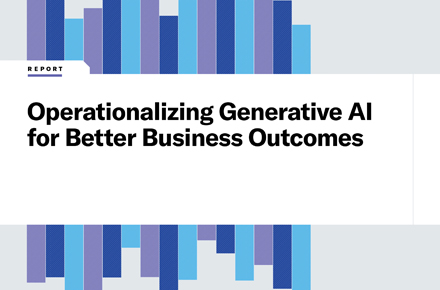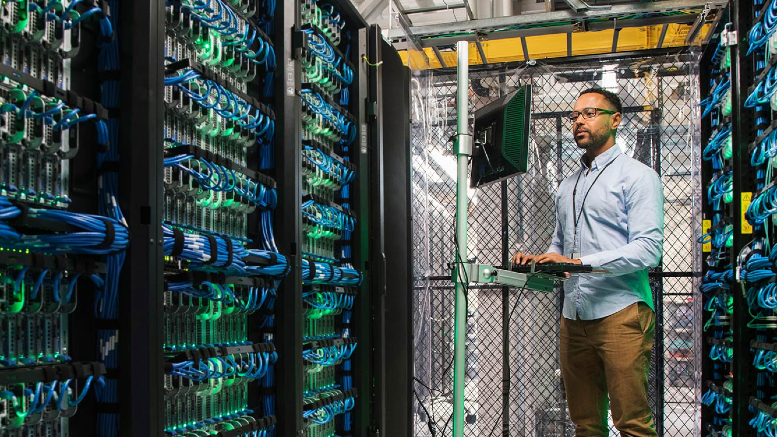Knowledge at risk: Securing field service expertise with technology
mai 29, 2025 / Patrycja Sobera | Vivek Swaminathan
Short on time? Read the key takeaways:
- Field service companies face a significant opportunity as technicians retire to preserve valuable expertise.
- AI-powered tools enable the next generation of technicians to access critical knowledge when and where they need it, improving first-time fix rates and customer satisfaction.
- Just-in-time training that integrates seamlessly into workflows helps newer technicians build competency quickly while keeping them engaged.
- Organizations that strategically transfer knowledge and implement smart technology solutions position themselves as leaders.
The field service industry stands at a critical juncture. It faces a significant opportunity to address three interconnected areas: transitioning workforce expertise as people retire, preserving valuable institutional knowledge, and enhancing team engagement to maintain strong operations and customer satisfaction.
With over 40% of field service engineers potentially exiting the industry within three to four years and 73% of organizations identifying an aging workforce as a top concern, innovative solutions are becoming increasingly valuable. The next generation of technicians will require more than mobile ticket management tools. They’ll need AI-driven intelligence, just-in-time training, and real-time visibility to bridge these gaps and deliver superior customer outcomes.
Preserving knowledge in the retirement tsunami
Baby Boomers, who constitute a significant portion of the field service workforce, are retiring at an unprecedented rate. This retirement tsunami presents both staffing and knowledge management opportunities. Veteran technicians carry decades of wisdom that companies can proactively preserve: unwritten insights about equipment quirks, customer preferences, and troubleshooting shortcuts.
Consider a fleet manager with 31 years of experience with irreplaceable maintenance insights that new hires might take years to acquire. Properly documenting and sharing this information offers a competitive advantage. While 45% of employers globally report challenges in filling skilled trades roles, forward-thinking organizations are developing innovative approaches to knowledge transfer and skills development.
Without effective knowledge management strategies, companies may experience longer resolution times, higher error rates, and eroded customer trust. Traditional training methods, which rely on classroom sessions and manuals, often miss critical components of professional development.
As noted in the 70-20-10 learning model, 70% of skill development occurs through hands-on experience. This highlights the importance of creating structured systems to transfer legacy knowledge, helping newer technicians build competency quickly and confidently while avoiding unnecessary trial and error.
AI as the catalyst for smarter field operations
AI is forming the foundation for mitigating these challenges. By automating administrative tasks and enhancing decision-making, AI allows technicians to focus on high-value work. For instance, ServiceNow’s AI-driven tools automatically summarize cases and work orders, reducing pre-job prep time and boosting first-time fix rates. This improves efficiency and alleviates the cognitive load on less-experienced technicians.
AI also plays a pivotal role in knowledge retention. Some organizations are developing AI-powered virtual knowledge repositories that capture experienced technicians' decision-making patterns and troubleshooting approaches. When integrated into support workflows, these “digital twins” can provide newer technicians with on-demand access to veteran expertise during complex repairs.
In addition, technologies such as augmented reality (AR), enable retiring experts to guide junior technicians remotely, extending this knowledge transfer in real time. This transforms tacit knowledge into a scalable resource, ensuring continuity even as seasoned workers retire.
Just-in-time training: Learning in the flow of work
Early career technicians are accustomed to instant access to information. Therefore, training should integrate seamlessly into their workflows. Platforms that deliver context-aware guidance, such as dynamic checklists or AR overlays, empower technicians to learn while doing. For example, a technician troubleshooting a malfunctioning HVAC system could receive step-by-step visual instructions tailored to the specific model, sourced from a centralized knowledge base.
This approach accelerates competency development and reduces reliance on outdated classroom training. It also addresses engagement challenges by aligning with younger workers’ preferences for autonomy and tech-enabled tools. As highlighted by Service Council, 46% of field technicians are uncertain about continuing their careers, partly due to frustration with inefficient processes. Streamlining their workflow with intelligent tools can reignite their passion for the role.
Real-time visibility: Bridging the expectation gap
Today’s customers demand transparency and swift resolutions. Technicians equipped with real-time visibility tools, such as IoT sensors and live data dashboards, can diagnose issues before arriving on-site, ensuring they carry the right parts and tools. For example, a technician reviewing real-time performance data from a faulty industrial pump can identify the root cause remotely, cutting resolution time.
Moreover, remote assistance technologies allow retired experts to mentor newcomers virtually, providing guidance during complex repairs without physical presence. This extends the value of retiring workers and fosters a culture of continuous learning.
The path forward
To address the triple crisis, organizations must adopt a holistic strategy:
- Leverage AI to automate workflows, preserve knowledge, and enhance decision-making.
- Embed just-in-time training into daily operations to accelerate skill development.
- Equip technicians with real-time insights to improve first-time fix rates and customer satisfaction.
As the industry evolves, organizations that integrate these technologies will gain a decisive competitive edge. Companies that proactively bridge the knowledge gap now, engage their workforce, and apply AI solutions thoughtfully will move beyond surviving workforce transitions to setting new standards in field service excellence.




















